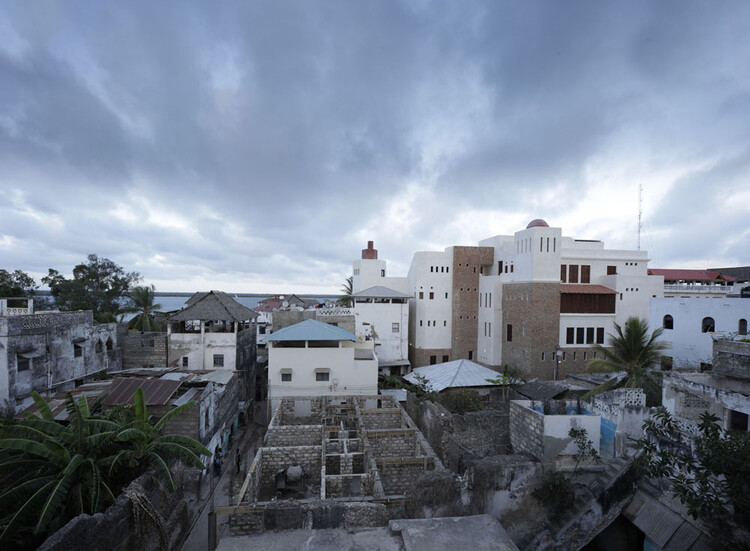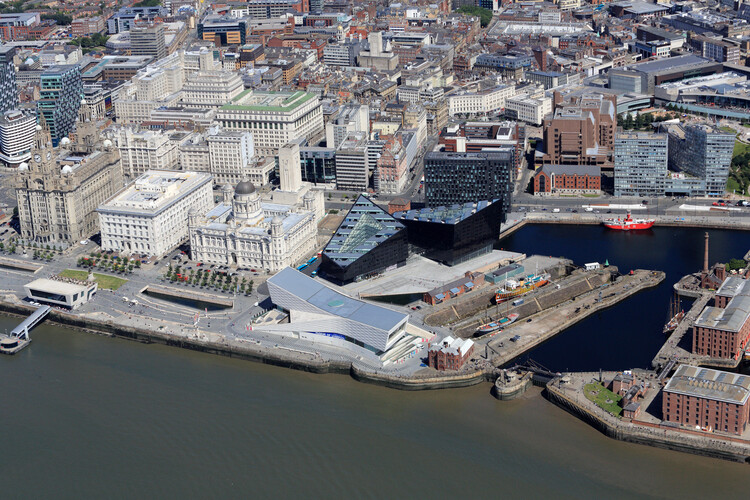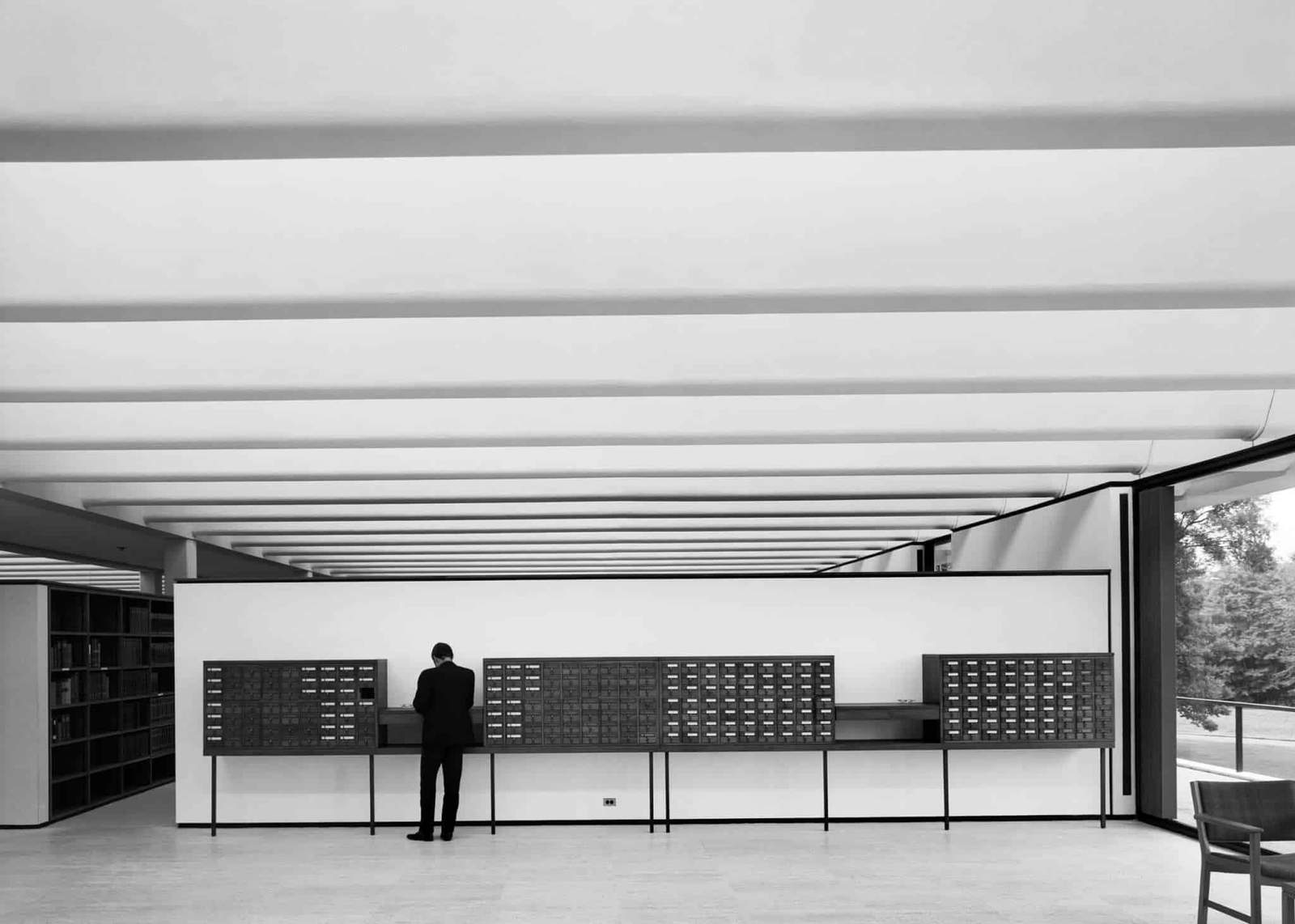Striking a Balance: The Dilemma in Heritage Cities

Subject to the forces of capital, migrating populations, and political circumstances, our planet’s cities are constantly evolving. This continuous evolution is evident in the built fabric of settlements, as architects and planners build upon layers of the built environment, with some having the strenuous task of having to integrate the historic urban areas of cities successfully with contemporary architectural interventions and systems.
The cities of this category are frequently in an internal conflict — oftentimes having to grapple with the sometimes contradictory aims of both sustaining local populations and welcoming outside investment and national development projects.






The historic Lamu Old Town, in Lamu Island off the shore of northern Kenya in the Indian Ocean, is a city rich in architectural character, featuring the dazzling stone buildings and narrow streets typical of what is termed as a Swahili settlement — found on the East African coast. It is a UNESCO World Heritage Site, and has acted since the 19th century as an important zone of convergence for Islamic and Swahili scholars in the region. Last year, the area saw the launch of a new port — part of an infrastructure project that looks to create a transport corridor between Lamu, South Sudan, and Ethiopia.
Related Article
UNESCO Removes Liverpool’s World Heritage Status and Spares Venice of In-Danger Designation
Eight years before this launch, however, from when this undertaking was announced, contests were made, illuminating in detail how places like Lamu have to balance between being a historic site and sites to harbor development. From the governmental side, the port has been projected to become a complement to Mombasa’s status as a hub in the region, in addition to helping provide jobs for people living in the area. A grouping of NGO’s however, have partly disputed the port, citing a lack of community engagement and transparency in the design process.

But the port has also been seen as a positive development by residents themselves, with some younger residents stressing how the project will bring Lamu into the “modern world”. In places like Lamu however, works like the port cannot be viewed as the singular reference point for these debates surrounding urban development in heritage cities. Designated as UNESCO World Heritage Site in 2001, its growth in popularity as a tourist hub has led to concerns raised over how an influx of extreme wealth has led to gentrification, conversations that have taken place prior to the announcement of the port project. Many of Lamu’s historic Swahili buildings, for instance, have been preserved in part because of foreign investment, but this has also high property prices, pricing out locals who want to purchase residences in their own communities.


In the geographically distant context of Liverpool in the United Kingdom, this conflict between the city as a heritage zone and as a center for commerce was recently brought into view as its docklands became only the third place in history to lose its status as a World Heritage Site. Prompting this decision by UNESCO was in part developments such as Liverpool Waters, aimed at transforming land that was previously disused, which had led to “the irreversible loss of attributes conveying the outstanding universal value of the property.”

For Liverpool city leaders, the decision was a disappointing one, and their response outlined the dilemma facing cities marked as sites of heritage, stating how these sites should not be forced between regeneration or maintaining their status as heritage sites. Blame, however, has also been leveled at the city council for allowing the city to be hit by development scandals, with stalled building sites having a negative impact on the streetscape.

As attempts are made in Kenya to attract investors to use the Lamu Port as a regional hub, and as the city of Liverpool looks to re-orient itself after its de-listing, this internal conflict, as heritage cities look to maintain the past while looking to the future, is all-too-common throughout history. Nevertheless, two years into the 2020s, this conflict will no doubt still be a difficult one for architects, governments, and the general community, to navigate.


